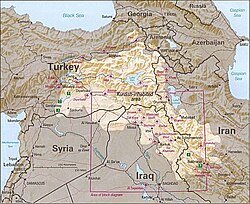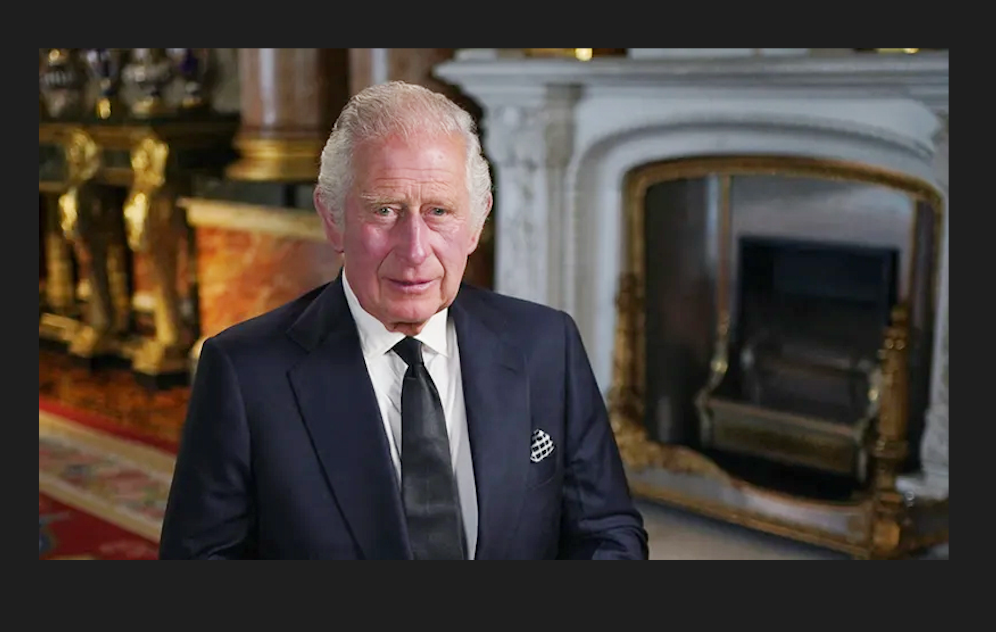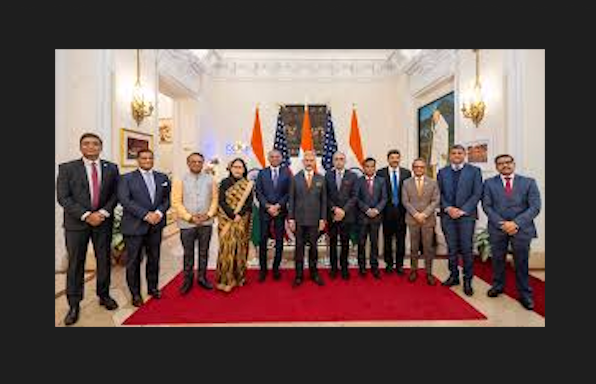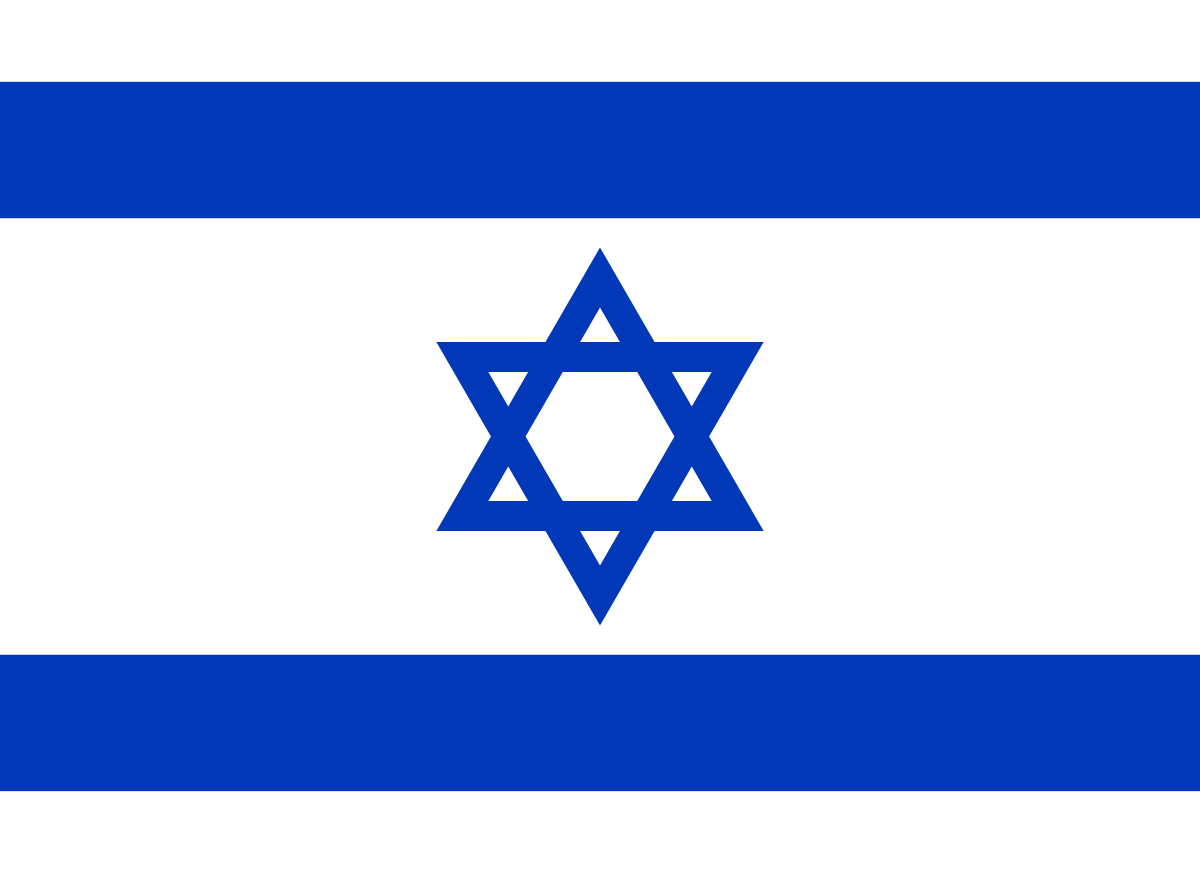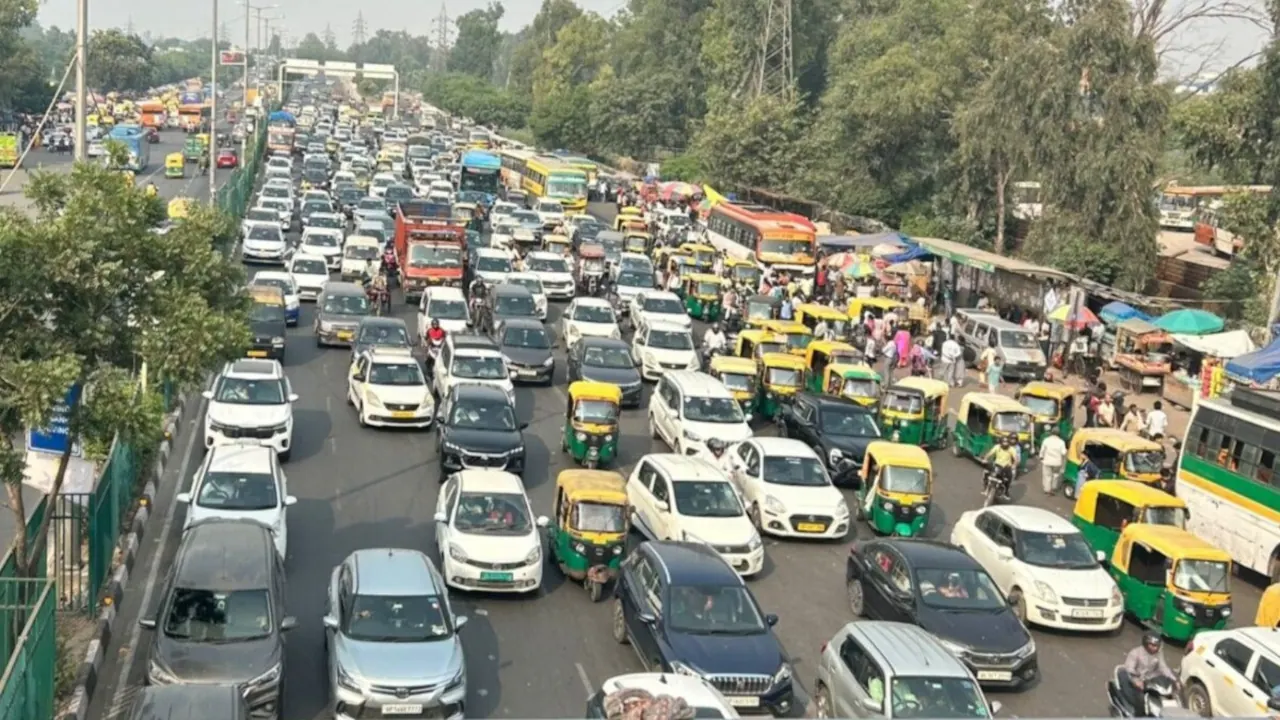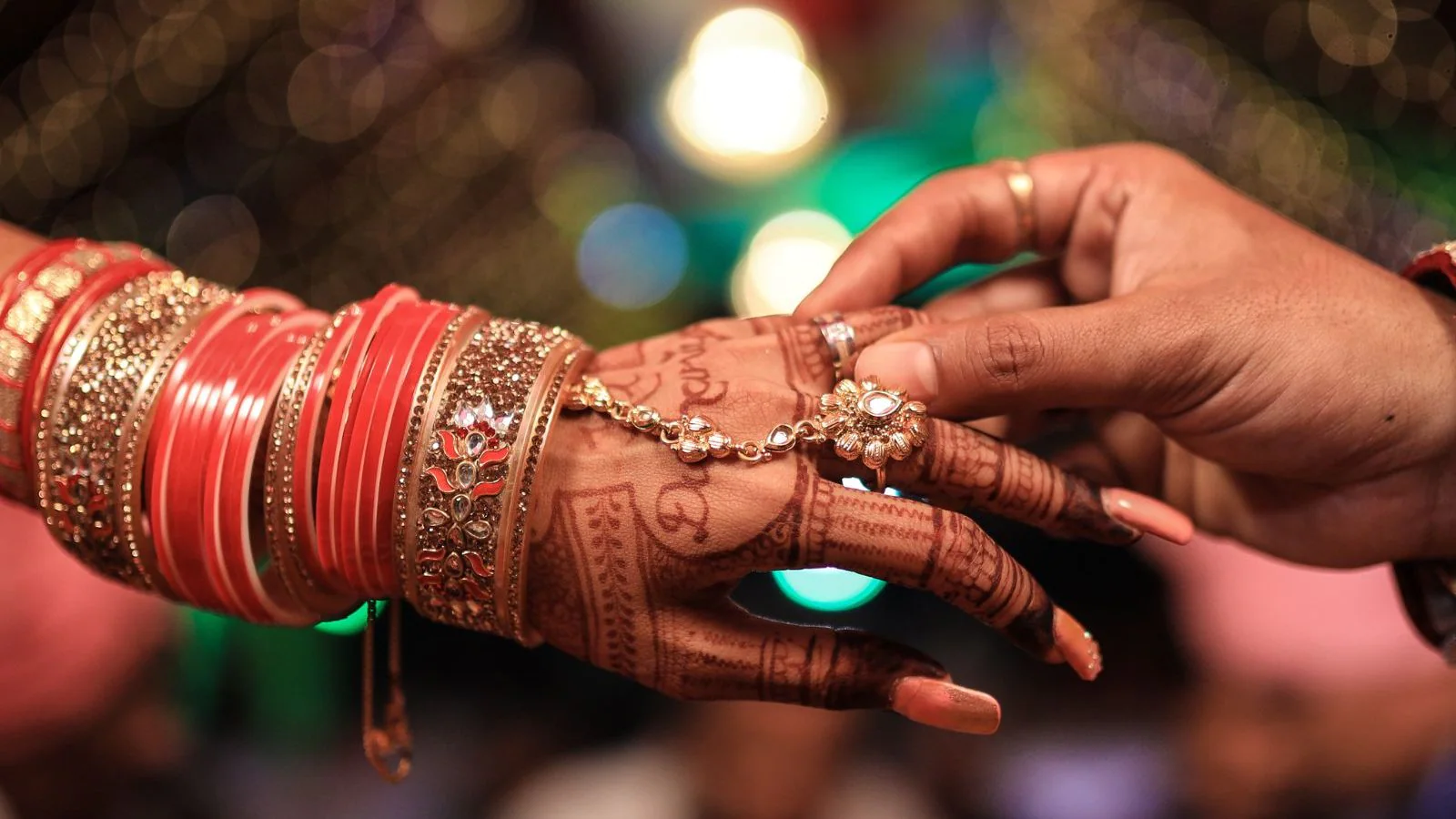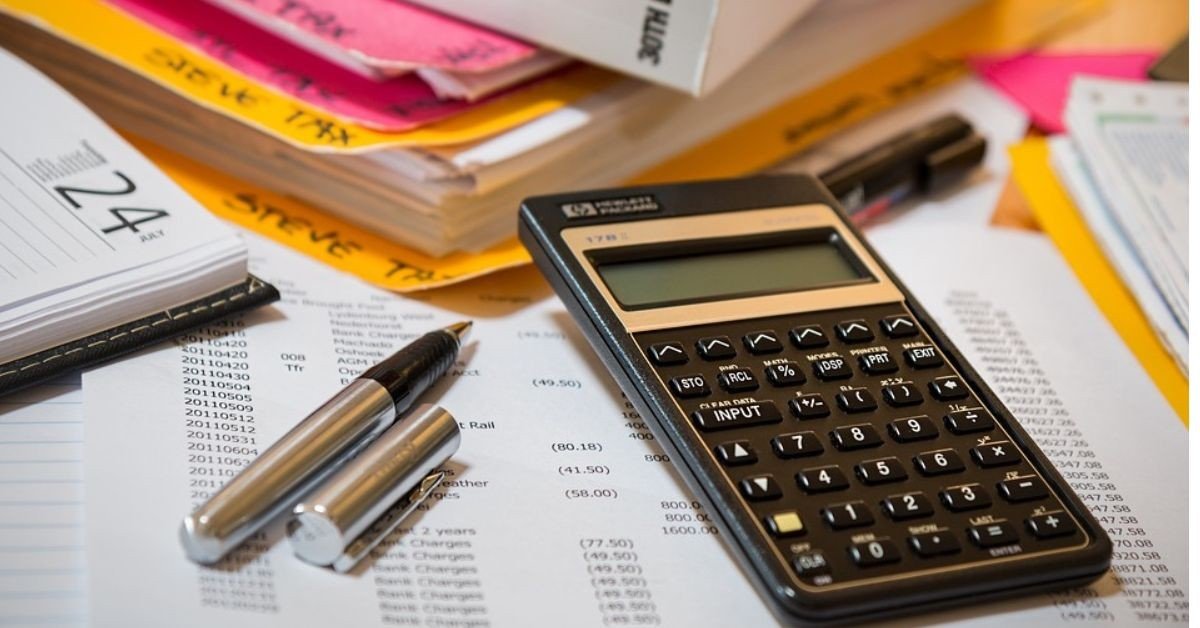- The Kurds’ enduring struggle symbolizes a broader question of identity, justice, and belonging in a region that has rarely allowed them peace
- For many, the dream of an independent Kurdistan remains distant—but not forgotten
- The Kurdish story continues to echo through the mountains and cities they call home, a living testament to a nation that refuses to disappear
They are often described as ghosts of history—a people without a homeland, wandering across the rugged landscapes of the Middle East for centuries. Numbering an estimated 45 million, the Kurds remain one of the largest ethnic groups in the world without a state of their own. Their story is one of resilience, endurance, and an unending search for recognition in a region perpetually shaped by political upheaval.
The Kurdish people inhabit a vast geo-cultural region known as Kurdistan, which stretches across modern-day Turkey, Iran, Iraq, and Syria. Despite their deep historical roots and cultural unity, their homeland was carved up by political borders drawn in the aftermath of the First World War—an act that left them divided among nations with conflicting interests and identities.
A Fragmented People Across Four Nations
The largest Kurdish population lives in Turkey, estimated at between 14 to 20 million, primarily concentrated in the country’s southeastern and eastern provinces—an area often informally referred to as Turkish Kurdistan. Many Kurds, however, have migrated to major cities like Istanbul, where they continue to balance national identity with ethnic heritage.
In Iran, between 8 and 12 million Kurds live mainly in the northwestern provinces bordering Iraq and Turkey.
In Iraq, an estimated 5.6 to 8.5 million Kurds occupy the autonomous Kurdistan Region in the north, while maintaining a presence in major cities such as Kirkuk and Mosul
In Syria, the Kurdish population ranges from 1.5 to 3.6 million, primarily settled in the northern and northeastern areas along the Turkish border. Smaller Kurdish communities also exist in Lebanon, numbering around 125,000, as well as in diaspora populations across Europe, particularly Germany, France, and Sweden.
A Question of Numbers and Identity
Determining the exact size of the Kurdish population has always been a challenge. The figures vary widely due to political sensitivities, inconsistent census data, and differing definitions of ethnic identity. Many governments in the region have historically suppressed Kurdish identity—limiting cultural expression, language use, and even denying recognition in official statistics. As a result, estimates often depend on independent research or international organizations rather than state sources.
Faith and Tolerance Amid Turbulence
Religiously, around 75% of Kurds are Sunni Muslims, about 15% are Shia, and the remaining 10% adhere to other faiths, including Yazidism, Christianity, and Judaism. Before the Islamisation of the region, the Kurds followed ancient Western Iranic religions, notably Zoroastrianism. Interestingly, in the Old Testament, they are believed to have descended from the ancient Medes, an early Indo-Iranian people.
Unlike many communities in the region, the Kurds have developed a strong tradition of religious tolerance—a trait shaped by centuries of persecution and exclusion. Their experiences under various regimes and religious authorities have fostered a culture that values coexistence and diversity.
A Stateless Nation in the 21st Century
Despite their long history and distinct cultural identity, the Kurds continue to live under the shadow of political invisibility. Their aspirations for self-determination have been repeatedly undermined by regional power struggles and the geopolitics of the Middle East.
In Iraq, the Kurdistan Regional Government (KRG) stands as the closest embodiment of Kurdish autonomy, yet even there, tensions with Baghdad persist. Elsewhere—in Turkey, Iran, and Syria—Kurds face varying degrees of political suppression, discrimination, and conflict.
DISCLAIMER: The views and opinions expressed in this article are solely those of the author and do not necessarily reflect the official policy or position of Pravasi Samwad. Pravasi Samwad is not responsible for the accuracy, completeness, or reliability of any information presented.

